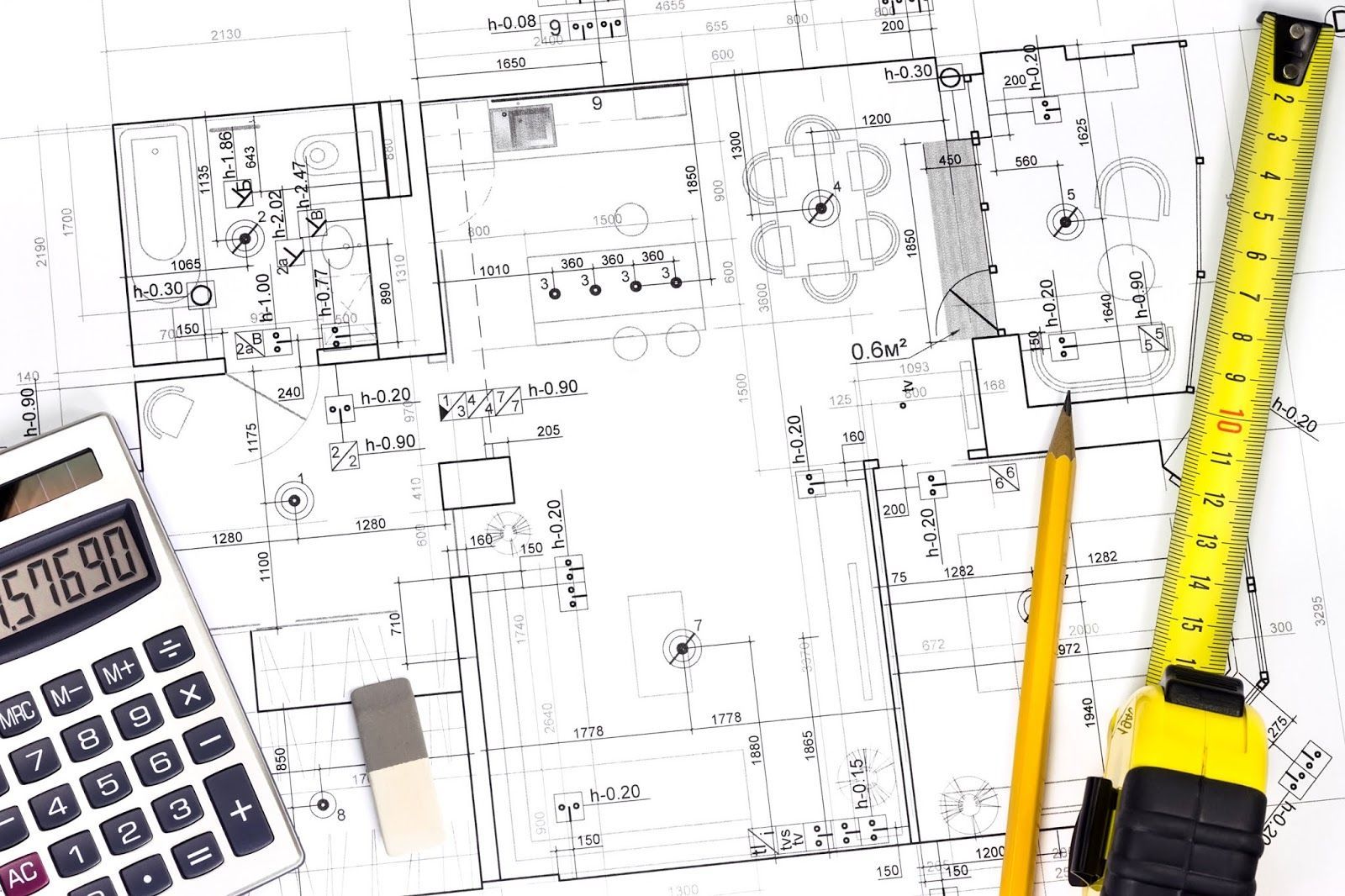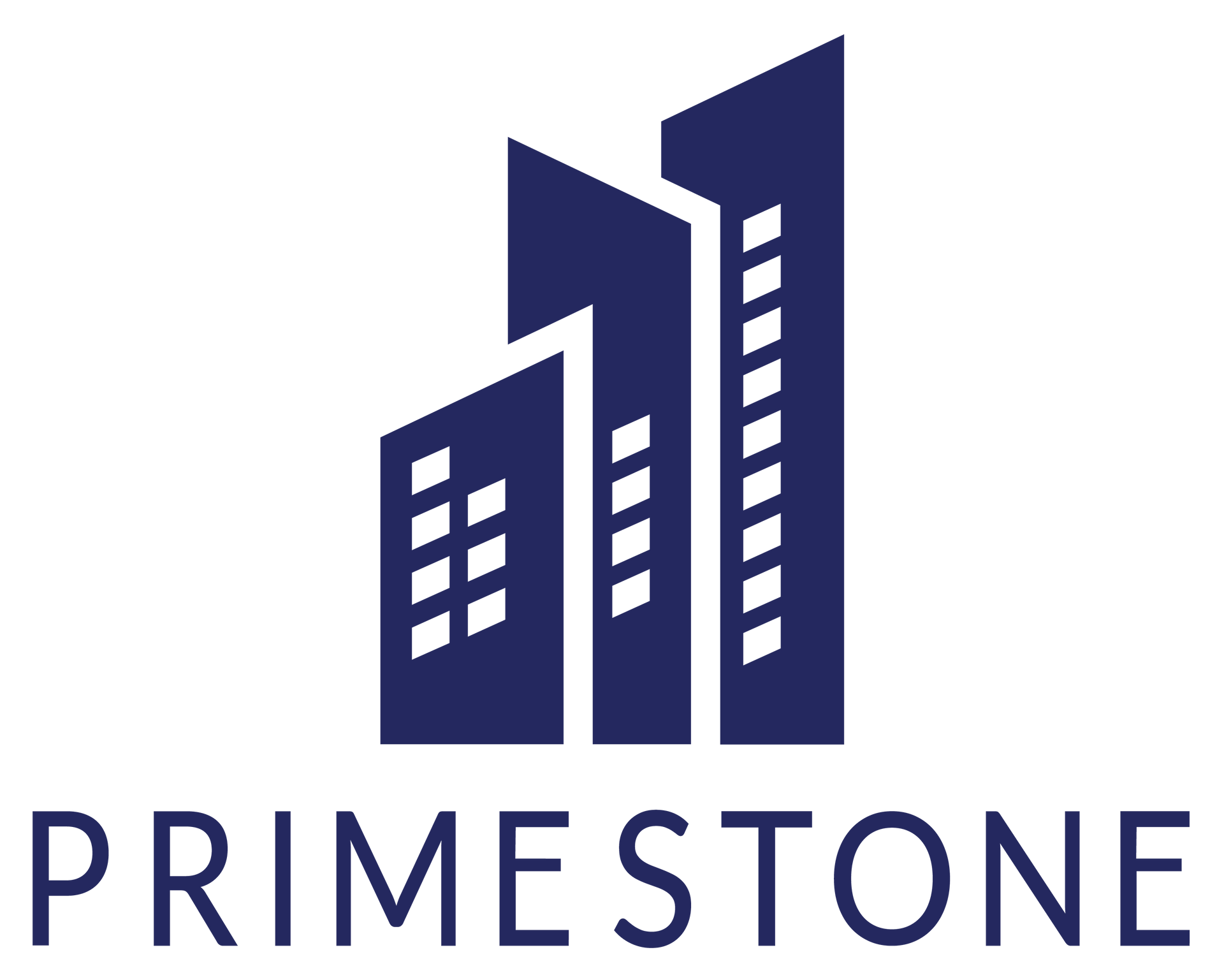The Risk No One Talks About in Sustainable Construction
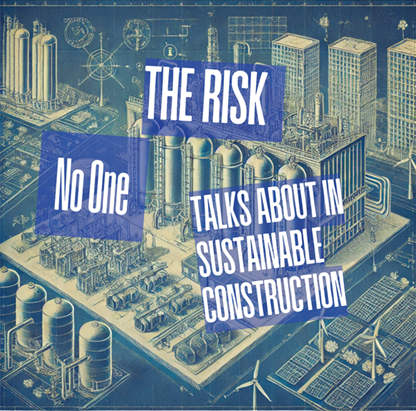
The construction industry is continuing to rush toward sustainability, and for good reasons. Green hydrogen projects, carbon-neutral goals, and net-zero initiatives are changing the landscape of construction and infrastructure development.
But beneath the momentum is a quiet truth: sustainable projects carry risks that are often underestimated or misunderstood. For example, new technology, unproven systems, aggressive timelines, and evolving regulations create a risk profile unlike anything seen in traditional construction. Some projects are becoming R & D hot beds.
Ignoring these realities is not just a strategic mistake. It is a financial and operational one.
Real-World Complexity: Lessons from Green Hydrogen Projects
Consider the Intermountain Power Project in Utah, a major initiative transitioning a coal-fired power plant to a green hydrogen hub. The project is pioneering in scope and ambition, but it also highlights several unavoidable realities:
- Green hydrogen production and storage at this scale are untested over long timelines
- New transmission systems must integrate with older infrastructure
- Future-proofing contracts and risk plans must account for technologies that are still evolving
- Labor, materials, and supply chains are more volatile than traditional builds
- A new type of skilled labor is required to construct, test and commission these types of projects
These are not problems of technical execution alone. They are strategic project risks that must be recognized, modeled, and managed early.
Where Sustainable Projects Face Hidden Risks
Sustainability goals add layers of risk that traditional project delivery models are not designed to handle. Key areas include:
- Technology Uncertainty
Many green technologies such as hydrogen, carbon capture, and advanced storage are not yet proven at commercial scale. Forecasting performance, maintenance costs, and long-term reliability carries significant uncertainty. - Capital Cost Volatility
Specialized materials and systems are subject to extreme price fluctuations. Inaccurate early estimates or unrealistic escalation assumptions can undermine project financing and viability. - Schedule Disruptions
Sourcing renewable energy inputs, specialized components, and skilled labor often extends lead times and introduces new dependencies. Aggressive timelines set during the planning phase can quickly become unrealistic. - Regulatory Shifts
Policy environments for green energy are rapidly evolving. Regulatory delays, permitting issues, and changes in incentive structures can disrupt projects midway. - Dispute and Claims Potential
Complexity breeds disputes. As technologies change mid-project or new risks emerge, contract interpretation and scope management become flashpoints for potential claims.
What High-Performing Green Projects Get Right
Successful sustainable projects are not just well-designed. They are well-prepared.
Leading developers and owners are implementing risk management strategies that include:
- Detailed risk workshops at feasibility and pre-construction stages
- Early involvement of all project stakeholders including regulatory bodies and permitting officials
- Adaptive contracting models that anticipate technology shifts
- Integrated project controls that monitor evolving cost and schedule risk
- Realistic scheduling buffers based on emerging supply chain realities
- Early identification of potential claims exposures and dispute resolution frameworks
- Adequate contingency planning in terms of costs, alternative solutions and schedule criteria
Risk is no longer a static checklist. It is a dynamic, ongoing exercise that requires expertise, discipline, and constant recalibration.
Looking Ahead: Building Smarter, Not Just Greener
The future of construction will absolutely be greener, but building smarter requires recognizing that innovation without discipline is a liability.
Sustainability must be matched with rigorous project planning, expert risk analysis, and contractual structures flexible enough to manage uncertainty. Projects like Intermountain show what is possible. They also show that success is about more than ambition. It is about understanding where the real risks lie and having the operational expertise to manage them before they become crises.
